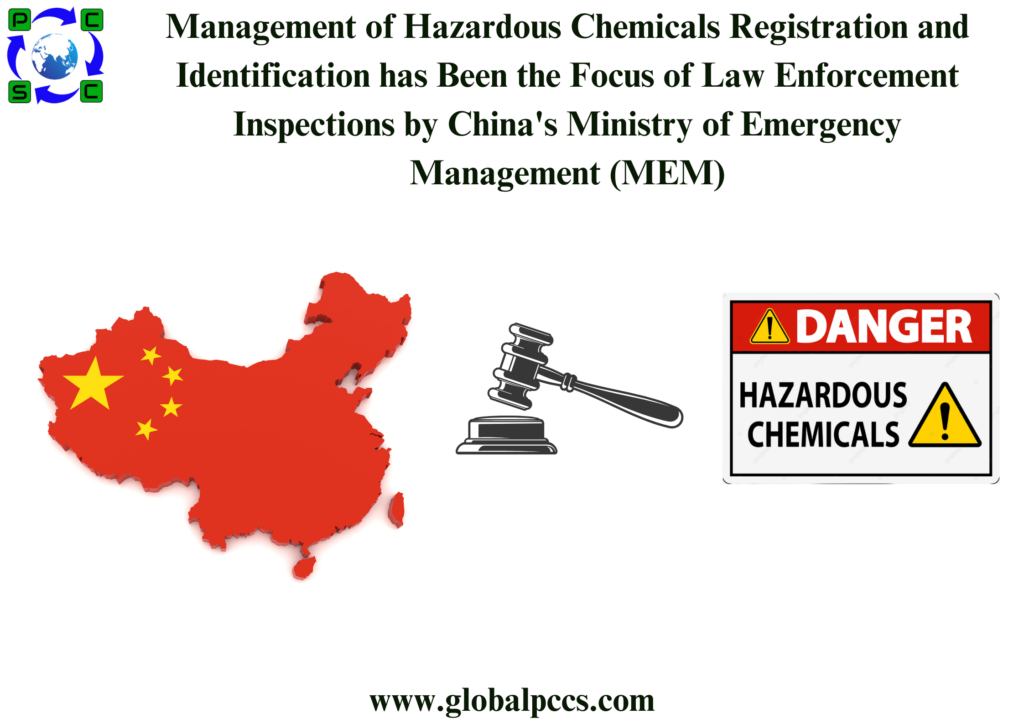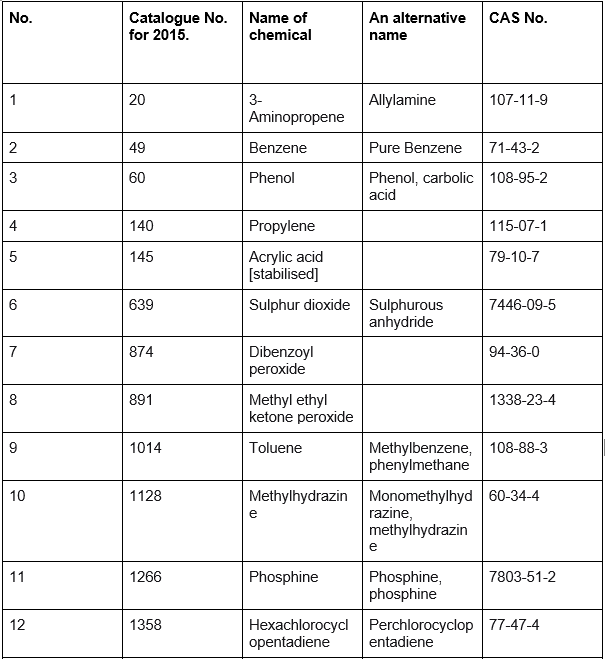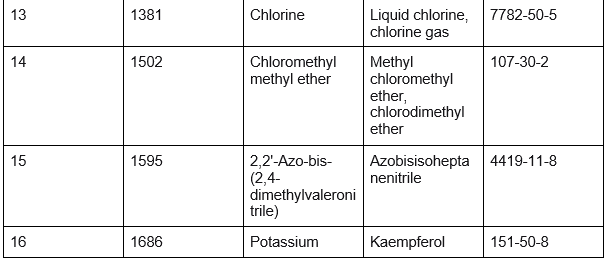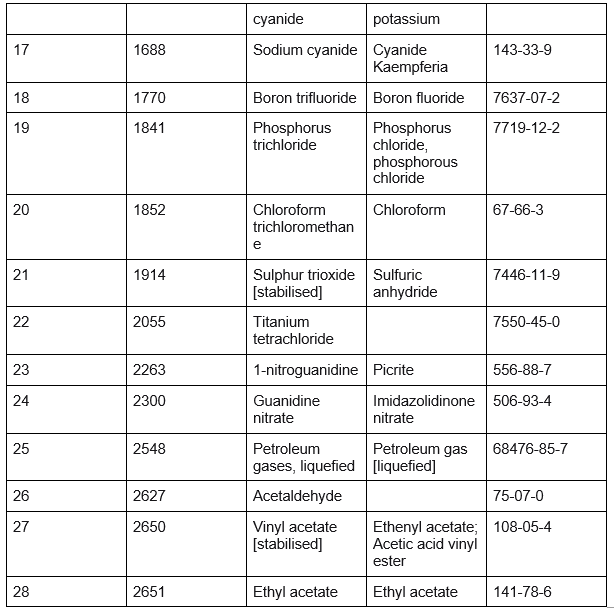 MEM released the Guidelines for Key Issues in the 2024 Law Enforcement Inspection of Work Safety of Hazardous Chemicals Enterprises in March 2024. This document listed 32 important law enforcement inspection items, including the management of hazardous chemical identification and registration.
MEM released the Guidelines for Key Issues in the 2024 Law Enforcement Inspection of Work Safety of Hazardous Chemicals Enterprises in March 2024. This document listed 32 important law enforcement inspection items, including the management of hazardous chemical identification and registration.
In order to drive hazard communication and guarantee the safe production of hazardous chemicals, the law enforcement inspection on the registration and identification of hazardous chemicals seeks to encourage the registration and identification of hazardous chemicals with unknown physical hazards. It also calls on businesses to standardise the preparation and use of SDSs and labels.
This year’s examination will focus on businesses that deal with the 28 major hazardous chemical types (mentioned in Annex 1) and those that had issues during previous year’s inspections. Companies that use hazardous substances must register them. It is also necessary to set up safety warning signs in locations where hazardous chemicals are stored, create management documents, and use SDSs and labels for hazardous communication.
The primary inspection targets for physical hazard identification and classification management of chemicals will be fine chemical companies that have recently entered the market and engaged in industrial transfer within the last three years, chemical companies classified as manufacturing chemical reagents and auxiliary agents, manufacturers of special chemical products, and manufacturers of lithium battery electrolytes. Document management of physical hazard identification and classification is the focus of the examination. Physical hazards should be identified and classified for final products or intermediate products whose components are listed in the 2015 Catalog of Hazardous Chemicals and whose physical hazards have not yet been established. Physical risks have not been identified for final or intermediate products that are not included in the 2015 Catalog of Hazardous Chemicals.identified as of yet, it is also necessary to verify the classification and identification of their physical risks. Identified and categorised hazardous chemicals must be registered in line with the regulations, and its SDS and label must be developed and utilised appropriately.
By the end of November this year, the evaluation results and inspection report will be finished. Reports and summaries of common cases will be prepared by provincial emergency management departments. MEM’s National Registration Center for Chemicals will also assess the registration agency’s operational outcomes.
Nearly 5,000 businesses were inspected by the government last year to verify that hazardous substances were registered. This inspection examined the efficacy of production safeguards as well as compliance with SDSs and labelling. Businesses who fail to register or change their registration as needed risk a 50,000 RMB fine. Businesses that don’t fix problems risk a fine of 100,000 RMB. Production may be halted for correction if the issue is severe. The same sanctions apply if a corporation sells hazardous chemicals without SDSs and labels, fails to furnish the SDS for its hazardous chemicals, or fails to include a label whose information matches the product inside the package.
Annex 1 lists the twenty-eight hazardous chemical classes that must pass important inspections for registration, SDSs, and label management.











 Authorised IMDS & CDX Training & Consulting partner for
Authorised IMDS & CDX Training & Consulting partner for






